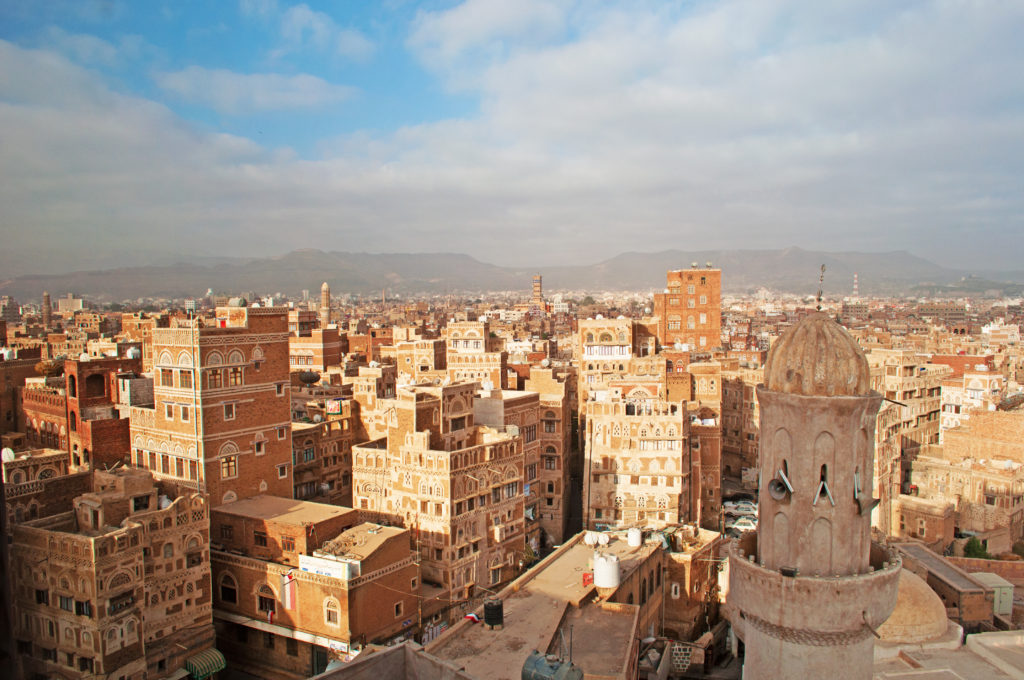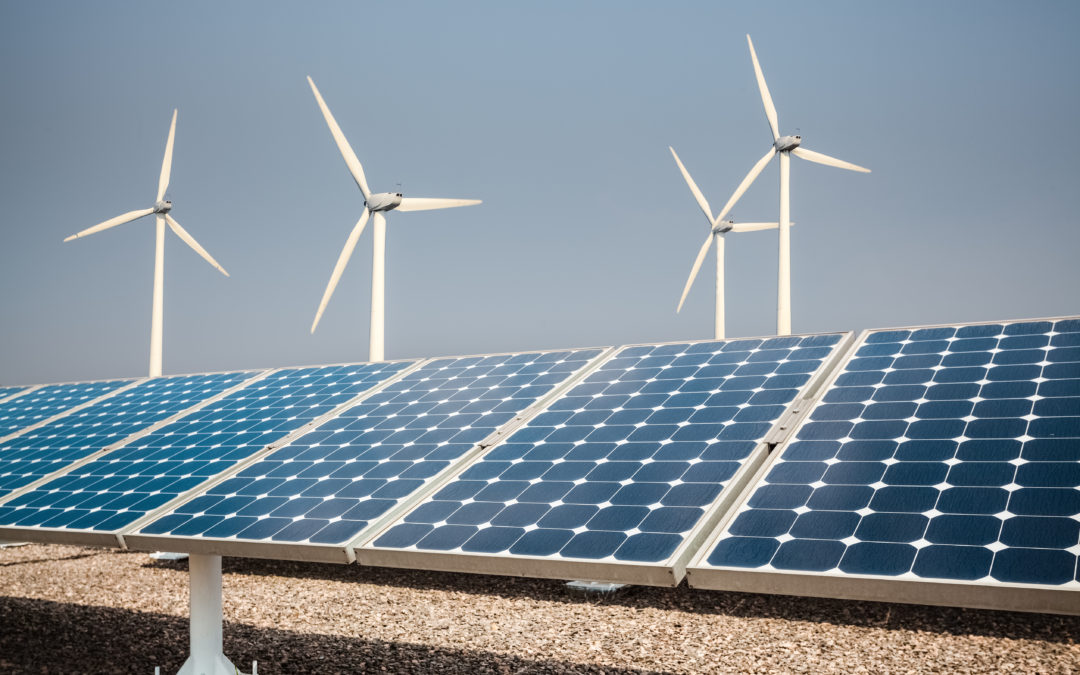What the Clean Energy Revolution Means for Yemen
A general theme for 2017 has been renewable and clean energy. Traditional fossil fuels are making a major shift. Forbes recently wrote about the clean energy revolution saying, “Driven by its emissions-reduction potential, electricity consumption will grow twice as much as total energy demand, which is forecast to rise by up to 70% in the next 25 years according to the International Energy Agency (IEA). “
When it Began
The push towards cleaner energy began in 2016 when multiple countries agreed to make a major shift toward reducing greenhouse gas emissions. The oil rich middle east has historically viewed energy resources as a public good. However, over time countries throughout the middle east, including Yemen has proven that a lot of money is being dished out to these energy services.
A 2016 article published by the World Economic Forum highlighted the efforts of 196 countries limiting global temperatures.
“Countries in the Middle East and North Africa region are willing to do their share to mitigate climate change, as demonstrated by their respective Intended Nationally Determined Contributions. Morocco for one indicated its interest to increase the share of renewables to 52 % by 2030, which is remarkable given the recent dependency on fossil fuels for power generation. It is clear that energy exporters are interested to maintain their role of global energy supplier, and have a stake in the global shift towards sustainable energy.”
Recent Efforts
More recently at the World Economic Forum in Davos, Switzerland, there were many conversations around the push towards green efforts.
Saudi Arabia is already “leaving” oil behind. “As far as oil prices, and oil, I have left that behind”, said Saudi oil minister Ali al-Naimi, who led the country’s oil sector for 21 years. “Now, I’m much more interested in solar energy, making solar panels”, he added
Speaking on January 20th at the World Economic Forum in Davos, Switzerland, Saudi Energy Minister Khaled al Falih suggested that Saudi Arabia could become a “major exporter” of renewable energy, saying, “solar that is produced in Saudi Arabia can be exported all the way to Europe through a network”.
What it means for Yemen
Crude oil, coffee, dried and salted fish, and liquefied natural gas were Yemen’s main exports in 2014. Flash forward to now and the country has ultimately halted exports. Solar, wind and thermal energy are all cheap options that could vastly help Yemen.

Yemen Credit: DepositPhotos
Affordable and clean energy is one of the 17 goals for the United Nations Development Programme. “Between 1990 and 2010, the number of people with access to electricity has increased by 1.7 billion, and as the global population continues to rise so will the demand for cheap energy.”
The clean energy revolution is a good thing for Yemen. For countries like Yemen, it is very important that energy sources are diversified. The UNDP says, “Decentralized energy systems can help limit the risks to the energy sector, such as those related to disasters. “
Clean energy in Yemen could reduce poverty, help with social progress and economic growth.
1 in 5 people around the globe is without electricity. Pushing towards greener resources can vastly help make energy accessible for all.
To learn more about Haitham Alaini visit his social media sites:
Haitham Alaini (@haitham_alaini) – Twitter: https://twitter.com/haitham_alaini
Haitham Alaini – Facebook: https://www.facebook.com/haithammalaini?fref=ts
